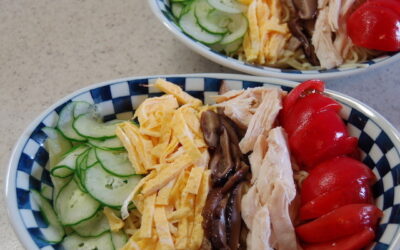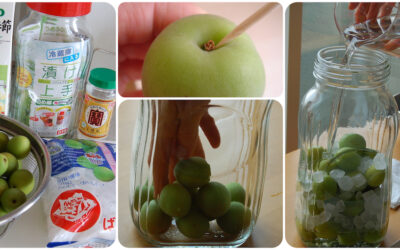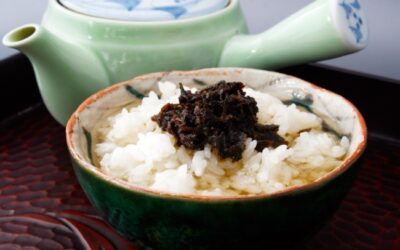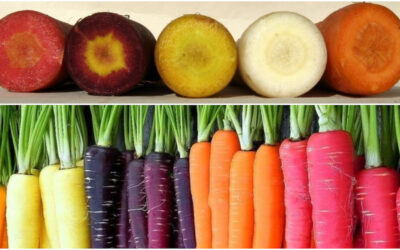
Kitchen Culture Cooking Club
EXPLORE and PRACTICE Japanese cooking in your own kitchenAbout Kitchen Culture Cooking Club
Welcome to the Kitchen Culture Cooking Club, a community space providing encouragement to those who want to EXPLORE and PRACTICE Japan’s washoku wisdom in their own kitchens.
To facilitate this, themed projects will be posted to this page periodically. Project Assignments and links to relevant reference material stored on this site will be posted to this page. Anyone, anywhere in the world, with a sincere interest in Japanese food culture is welcome to browse the contents of this page and then replicate the themed project in their own kitchen.
For those who wish to display-and-discuss their projects with like-minded people, I invite you to join the KITCHEN CULTURE Cooking Club Facebook Group (formerly the TSUDOI Project), an interactive community space.
PROJECT Osechi-Making
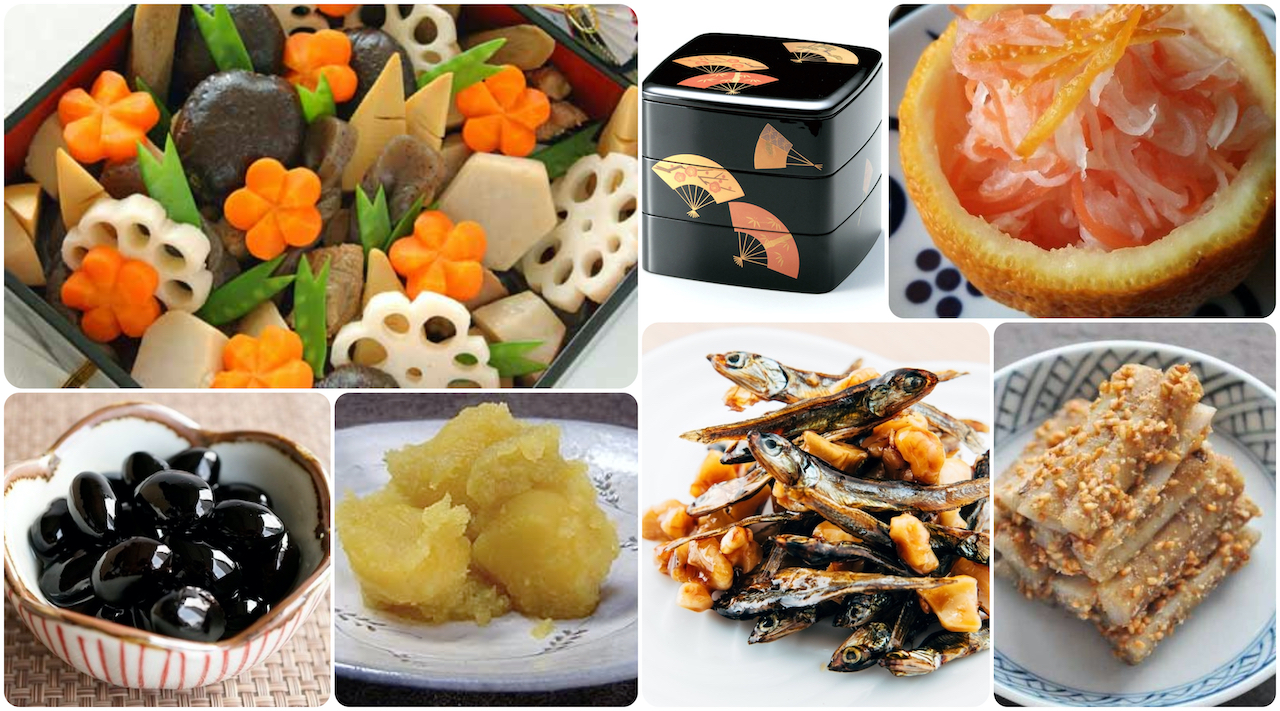
PROJECT Osechi-Making
December is a busy time… The Japanese aptly call the final month of the year shiwasu, written with calligraphy for “professor” 師 and “running about in a tizzy” 走. In Japan shiwasu is a time of frenzied activity that culminates with Oshogatsu (New Years) when families gather to celebrate and share OSECHI (New Year holiday food), packed into a multi-tiered lacquer box called a jūbako.
Most of the food can be made far ahead and keeps well for days, even weeks. I’ve chosen six items that require varying degrees of time and skill to prepare. Recipes for all are stored on this website. Choose one or more to make in YOUR kitchen for tthe holidays, or anytime.
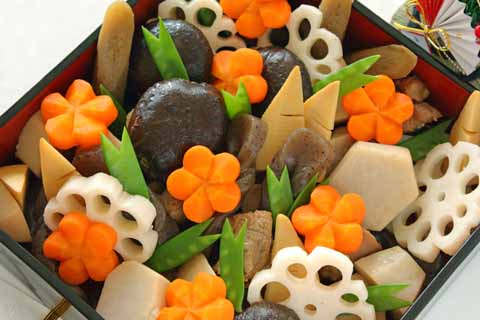
Nishime (soy-simmered vegetables)
Nishimé, a simmered assortment traditionally enjoyed during Oshogatsu, Japan’s New Year holiday season, can be made days ahead if kept at cool room temperature.
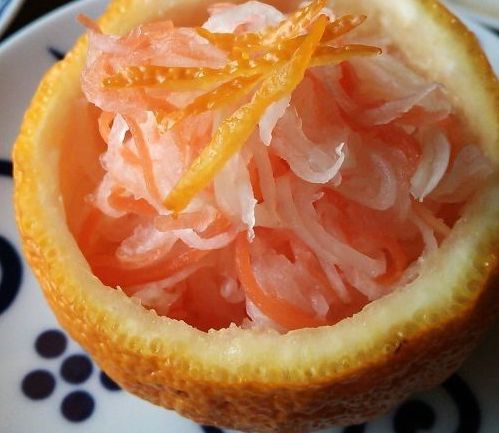
Kohaku Namasu (red & white celebration salad)
RED 紅 and WHITE 白 are the colors of felicity; foods with these colors are served on happy occasions. Here crimson carrots and snowy white daikon appear in this Celebration Salad with aromatic yuzu citron.
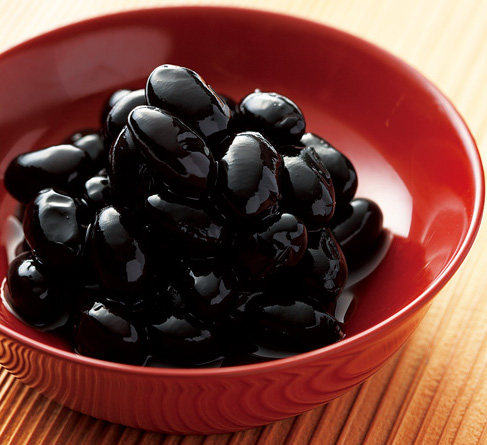
Kuro Mame (sugar-stewed black beans)
Word play adds a nuance of flavor to osechi items like this “black” (kuro) “bean” (mame) dish. Written with different calligraphy shifts the meaning to “difficult work” (kuro) and “earnestness” (mame). Working with earnest determination in the year to come will bring sweet rewards.
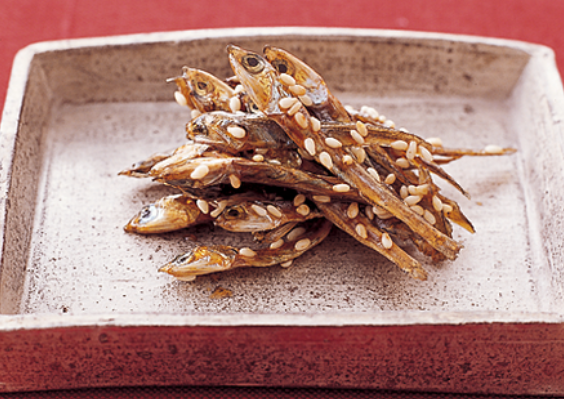
Tazukuri (fish brittle)
Written with calligraphy meaning “tilled fields” the fish brittle is a New Year delicacy that symbolizes fertility and abundance. Tazukuri are nibbled on New Year’s Day (best served with a well-chilled, dry saké) hoping for a sweet, prosperous New Year.
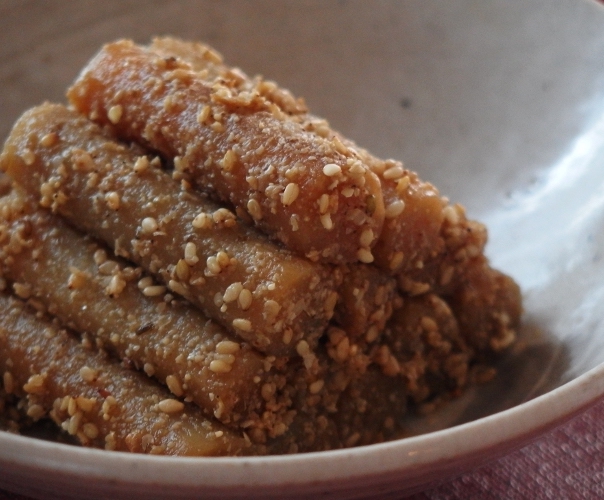
Tataki Gobo (Smashed Burdock )
This dish takes its rather alarming name from the thwacking sound emitted when burdock root is tenderized with a blunt, heavy tool. In the traditional Japanese kitchen, this would have been a surikogi, the wooden pestle used in conjunction with a ceramic suribachi (grooved mortar) to make the sesame sauce.
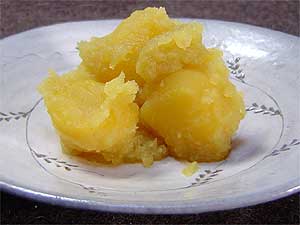
Kuri Kinton (chestnuts in sweet potato paste)
A New Year’s treat throughout Japan, chestnuts simmered in sugar syrup (their golden color enhanced by kuchinashi no mi dried gardenia pods) are tossed with mashed sweet potato (also color-enhanced with gardenia pods).
Visit my Kitchen Culture blog to learn about KUMQUATS and download recipes.
Read my December 2023 newsletter.
Recipes and Resources
Stock (Dashi)
Dashi stock is essential to making soups and simmered or stewed dishes. Dashi is also used when making many egg dishes and all sorts of sauces, dips and dressings. Using good dashi will make a noticeable difference in the outcome of so many dishes you prepare.
Click to download recipes for (vegan) Kelp Alone Stock or Standard Sea Stock + Smoky Sea Stock
How to Cook Rice
In Japanese, the word for cooked rice, ご飯 GOHAN, is the same as the word for a meal, ご飯 GOHAN. Indeed rice is central to the meal. Download the Rice with Mixed Grains recipe.
How to Prepare Sushi Rice
Sushi dishes are made with rice that has been seasoned (with sweetened vinegar) AFTER being cooked. Download the Classic Sushi Rice recipe.
Quick Pickles
The Japanese enjoy a wide variety of tsukémono pickles, many can be assembled quickly and are ready to eat within a short time.
Download a recipe for Quick-Fix Hakusai Cabbage.
Cold Noodles Part Three: Hiyashi Chuka
For centuries, the Japanese have adapted and adopted foods and food ways from many culinary traditions. Asia in general, and China in particular, has probably been the greatest source of “inspiration” over the years. In fact the highly popular Japanese summer noodle...
UMÉSHU Plum Wine
In Japan, early June is the time for UMÉ SHIGOTO (plum work), transforming the harvest of not-yet-fully-ripe fruit into a sweet liqueur (uméshu) and/or sour, lip-puckering salt-cured uméboshi. If you are able to source green, not-fully-ripe Japanese umé plums it is...
PROJECT Ocha-Zuké
The two major components are: BROTH and TOPPINGS. Start by picking a broth that will define the character, and general flavor profile, of your ocha-zuké. The recipe for making KELP-ENRICHED TEA BROTH offers several options for using different teas such as smoky hōji...
Colorful CARROTS
Beautiful & Nutritious The pigments that make these carrots so beautiful are also the key to their nutritional power. Orange carrots are especially rich in beta-carotene and vitamin A, both of which help to fight inflammation. Red carrots, like red tomatoes, are...

